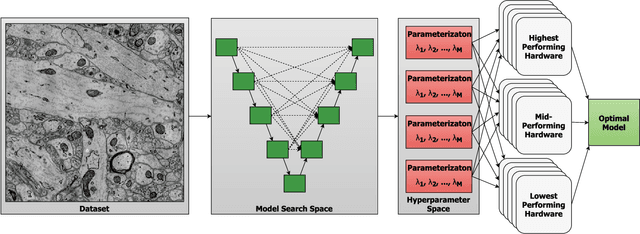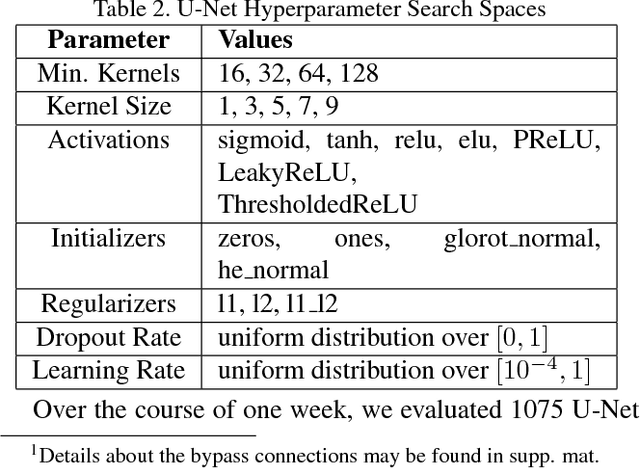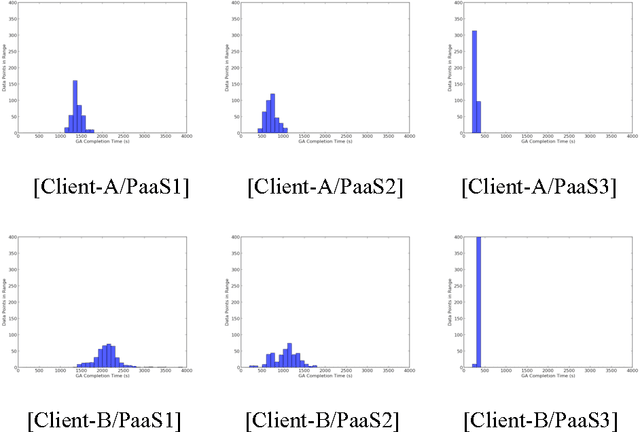Jeff Kinnison
SHADHO: Massively Scalable Hardware-Aware Distributed Hyperparameter Optimization
Jan 22, 2018



Abstract:Computer vision is experiencing an AI renaissance, in which machine learning models are expediting important breakthroughs in academic research and commercial applications. Effectively training these models, however, is not trivial due in part to hyperparameters: user-configured values that control a model's ability to learn from data. Existing hyperparameter optimization methods are highly parallel but make no effort to balance the search across heterogeneous hardware or to prioritize searching high-impact spaces. In this paper, we introduce a framework for massively Scalable Hardware-Aware Distributed Hyperparameter Optimization (SHADHO). Our framework calculates the relative complexity of each search space and monitors performance on the learning task over all trials. These metrics are then used as heuristics to assign hyperparameters to distributed workers based on their hardware. We first demonstrate that our framework achieves double the throughput of a standard distributed hyperparameter optimization framework by optimizing SVM for MNIST using 150 distributed workers. We then conduct model search with SHADHO over the course of one week using 74 GPUs across two compute clusters to optimize U-Net for a cell segmentation task, discovering 515 models that achieve a lower validation loss than standard U-Net.
Using Genetic Algorithms to Benchmark the Cloud
Aug 27, 2015



Abstract:This paper presents a novel application of Genetic Algorithms(GAs) to quantify the performance of Platform as a Service (PaaS), a cloud service model that plays a critical role in both industry and academia. While Cloud benchmarks are not new, in this novel concept, the authors use a GA to take advantage of the elasticity in Cloud services in a graceful manner that was not previously possible. Using Google App Engine, Heroku, and Python Anywhere with three distinct classes of client computers running our GA codebase, we quantified the completion time for application of the GA to search for the parameters of controllers for dynamical systems. Our results show statistically significant differences in PaaS performance by vendor, and also that the performance of the PaaS performance is dependent upon the client that uses it. Results also show the effectiveness of our GA in determining the level of service of PaaS providers, and for determining if the level of service of one PaaS vendor is repeatable with another. Such a concept could then increase the appeal of PaaS Cloud services by making them more financially appealing.
 Add to Chrome
Add to Chrome Add to Firefox
Add to Firefox Add to Edge
Add to Edge